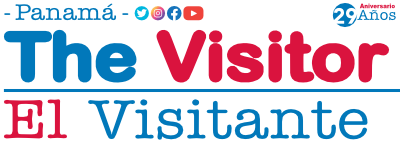Panama is a key ingredient to understand the continental ecosystem and its global impact. It is for this reason and its geographical position what motivated the Smithsonian Institute to establish a research center in Panama for more than 100 years ago.
Our guest of the month, Dr. Oris Sanjur, with more than thirty years of collaboration with this institution, became the first woman and Panamanian to hold the position of interim director of the Smithsonian Tropical Research Institute in June 2020. Her mission is to increase, support and disseminate knowledge of research on the tropics in areas such as ecology, behavior, molecular biology, marine biology, paleontology, among various areas inside and outside of Panama.
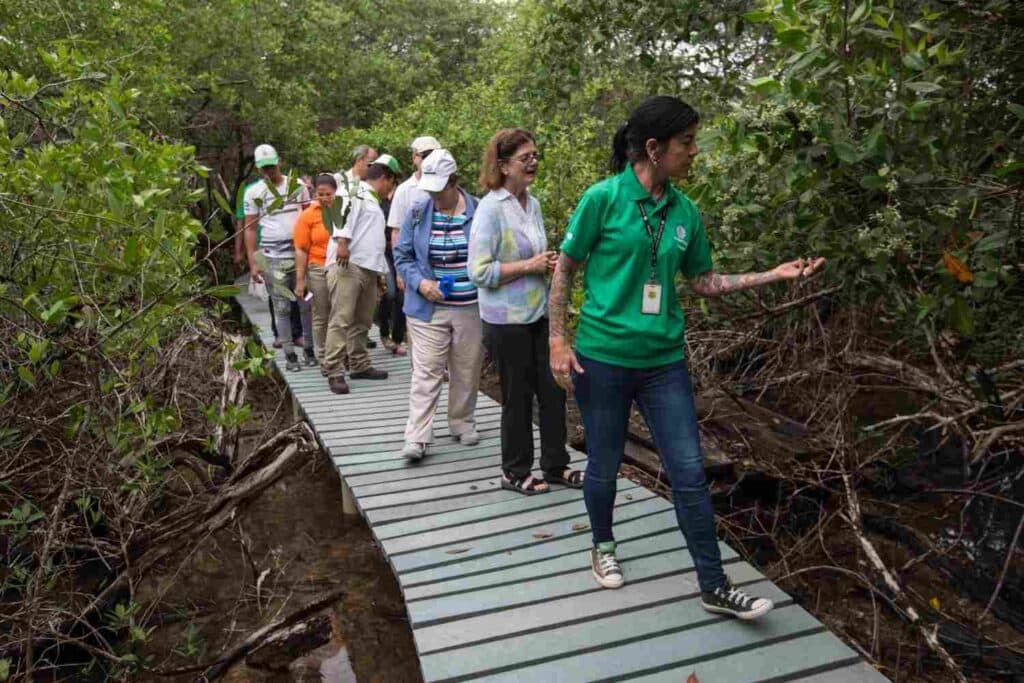
What does Panama have that makes it unique and attractive for scientific research?
“Because of its origins, because it is the last link of land that arises and unites the North with the South. It is important that we recognize our nature which has played a geological role. On the other hand, a bridge was created between North and South that allowed species to cross, emigrate and exchange. It also becomes a marine barrier: the Isthmus closes that connection between the Atlantic and the Pacific and a speciation event occurs. Researchers come to Panama to study that history. Geologists, paleontologists and anthropologists come to do their excavations to understand what happened millions of years ago. But also ecologists, marine biologists, those who work in behavior come to study the richness of Panama, one of the world’s biodiversity centers. Panamá has three times more bird species than Canada and the United States together.
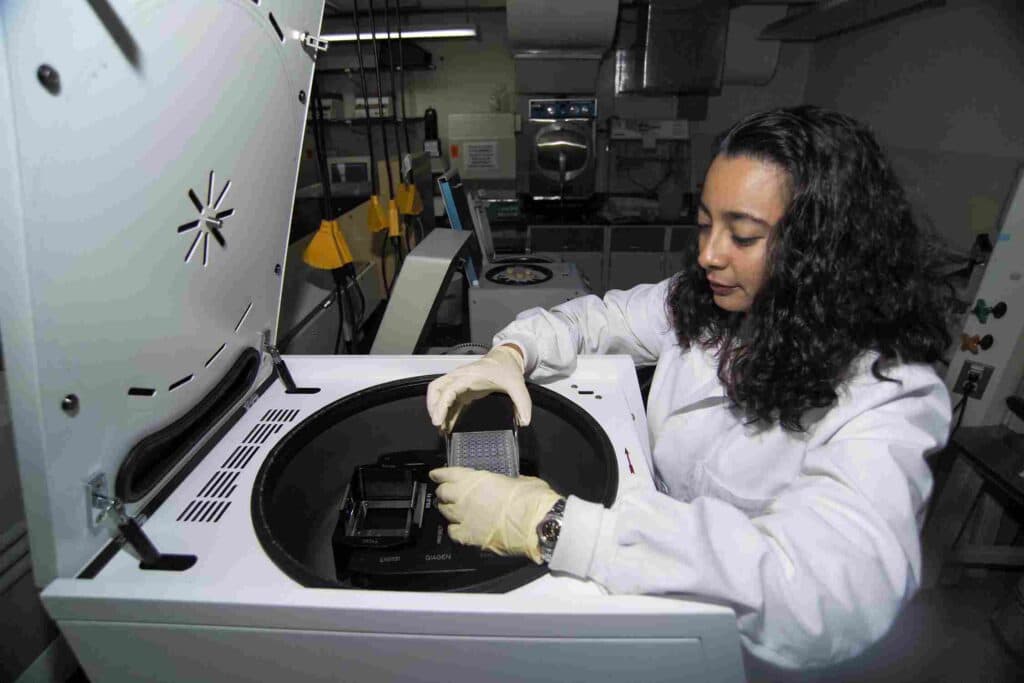
How many scientists come to Panama annually?
“Every year we welcome about 1,200 scientists from 50 countries. This allows us to support our scientific infrastructure. Last year alone we had a record of 523 publications of researches made in Panama and that are read around the world. I am pleased to say that this year – even with the pandemic – we have more than 250 publications. As for activities like meetings, symposiums, courses or congresses, we have weekly scientific meetings and conferences for the general public that we carry out digitally. We have collaboration and exchange with INDICASAT, Gorgas Institute, SENACYT and the University of Panama ”.
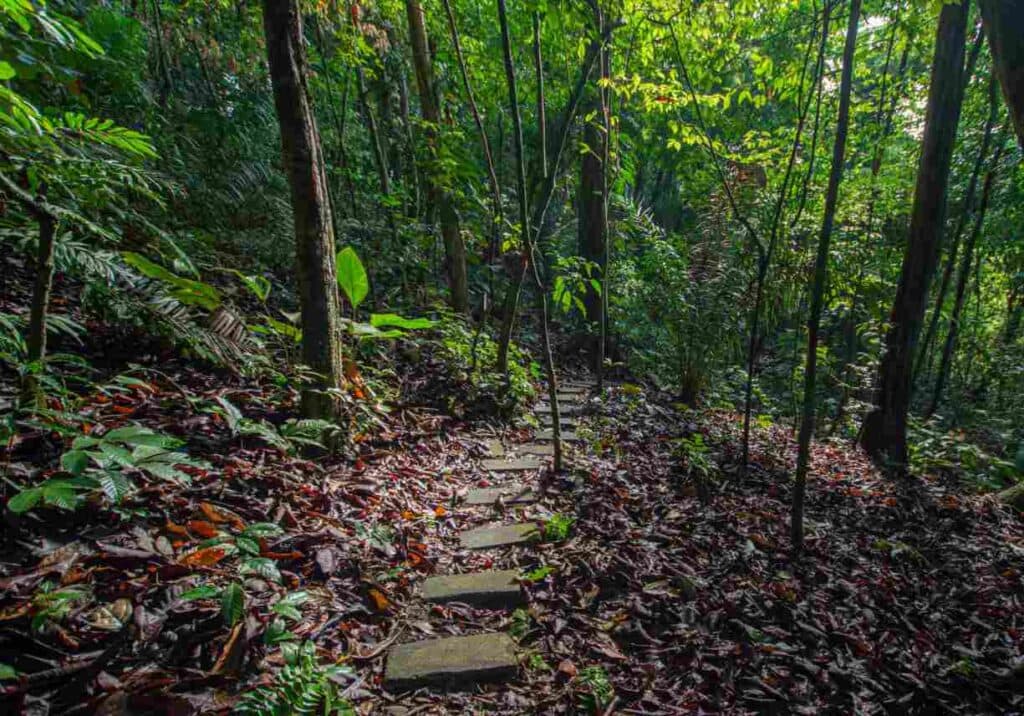
Can you mention some research among the most significant
“We have laboratories to do research in tropical forests like the one de have at Barro Colorado island and marine laboratories that provide access to the Pacific and Atlantic. We have the healthy water project, which is being carried out in the Panama Canal Basin. We also coordinate the network of forest land observatories, with the objective of having a better understanding of the dynamics of the forests. Today, 70 forest dynamics monitoring sites are carried out in the world, in 27 countries. Measurements are being standardized in more than six million trees, which includes more than 12 thousand species of trees.
We work in the creation of a traffic scheme to avoid collision between humpback whales with ships in the Bay of Panama, investigations that have national and global impact.
One of he latest research that we will be working on, is where researchers are going to study the impacts on corals, which species are more resistant and overlap with natural variables, helping to have better preserve eco systems for tourism”.
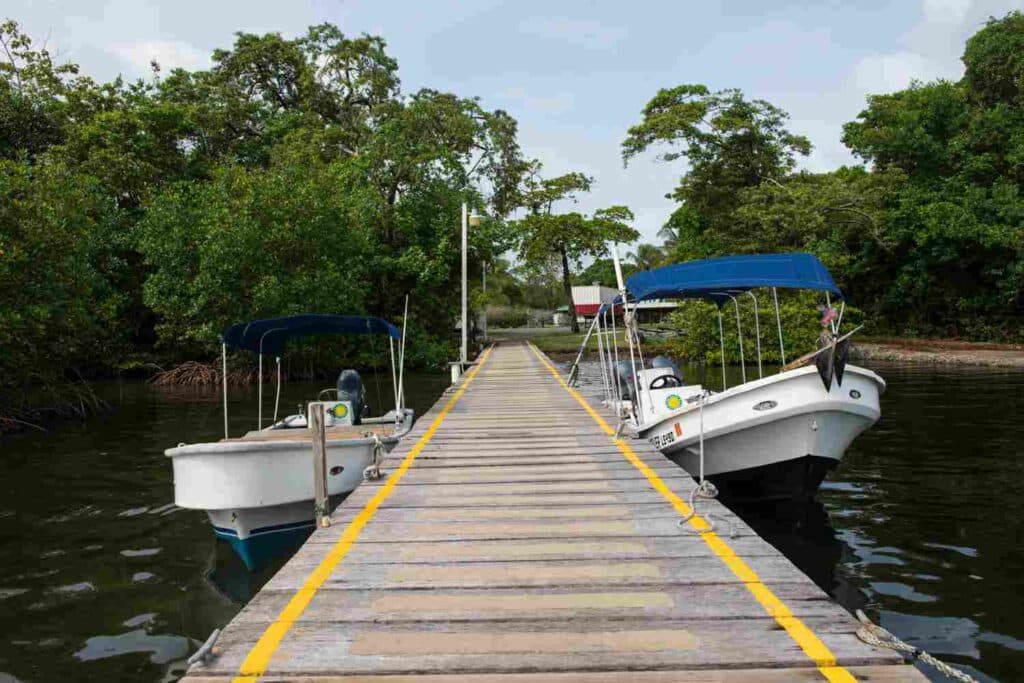
How can scientific interest positively impact national tourism?
“Contribution is related to eco tourism, first de have to have consciousness about our resources to communicate well its history. People come to Panama because they want to experience the forests. We have the Soberania National Park, a forest area in the middle of the city. Tourism that in some way have an impact, is the one which creates awareness and educates people. That is the tourism that local Authorities wants to do, based on conservation and research. Generating knowledge and research are important to provide the basis for this type of tourism that impacts lives. There are interesting initiatives coming from tour operators to generate consciousness on our natural resources with the tourist they take different destinations in Panama ”.
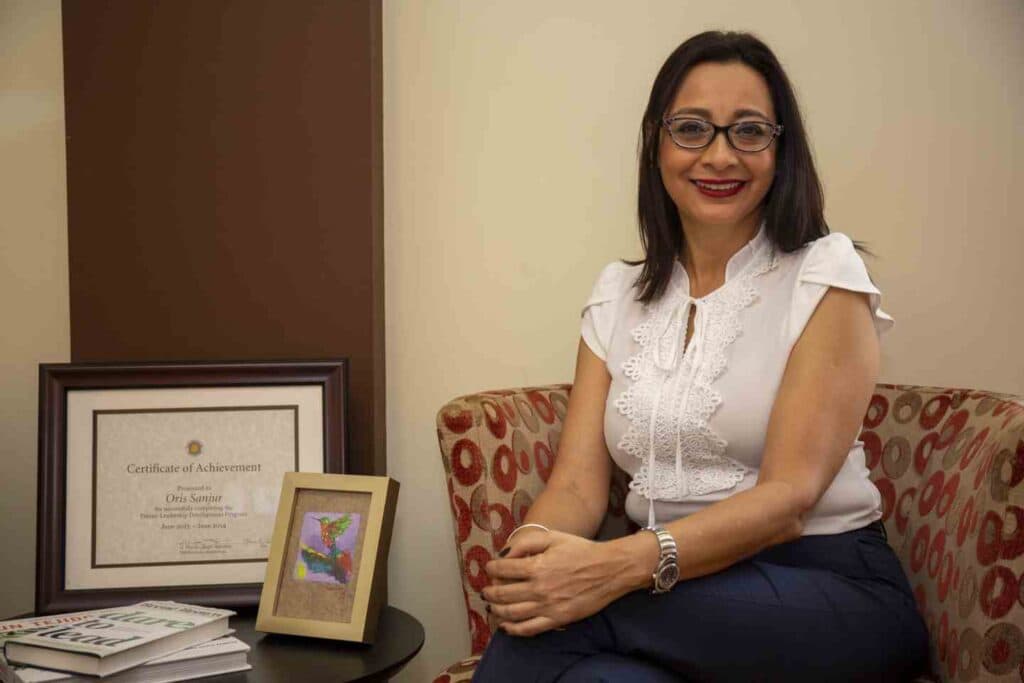
What do people like to observe and experience when they come to our country?
“When we go to the forest we want to see monkeys, especially sloths, also birds, we have the pipeline path in Soberanía Park, one of the best places to observe birds in the world, here you have the experience of seeing rare birds in their habitat, like toucans. People want to see whales, turtles, and even sharks. We are very focused in understanding nature, that we have one of our researchers studying manatees”.
Dr. Sanjur makes a call to all Panamanians to defend our resources and become aware of the legacy we must leave to our children. She also told the Visitor / El Visitante how much she likes to walk in the forest like El Cope, Friendship Park or El Valle and listen to it. For her, is one of a kind spiritual experience. “My career has led me to experience nature on other levels, understand life, admire it and respect it,” said the director.
